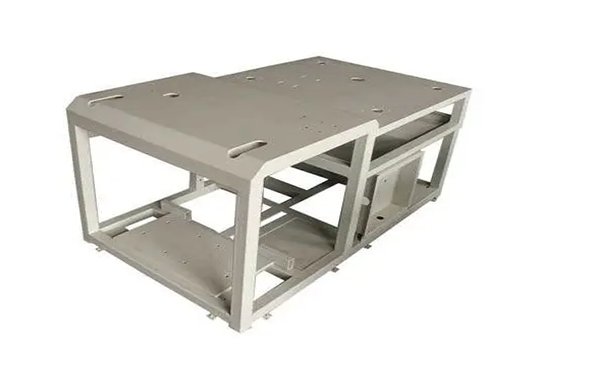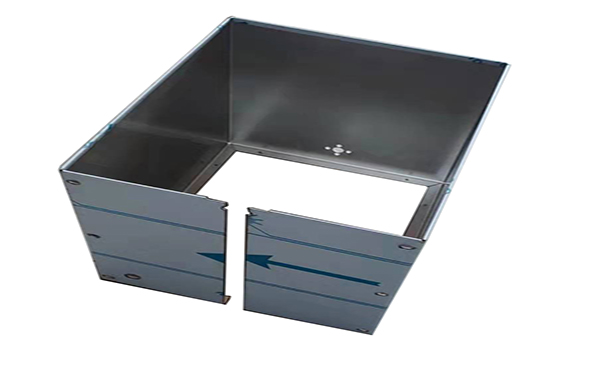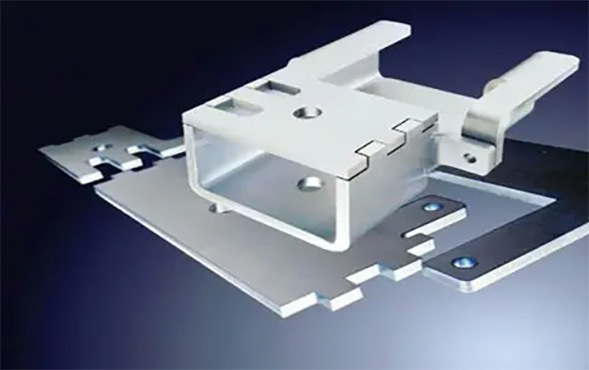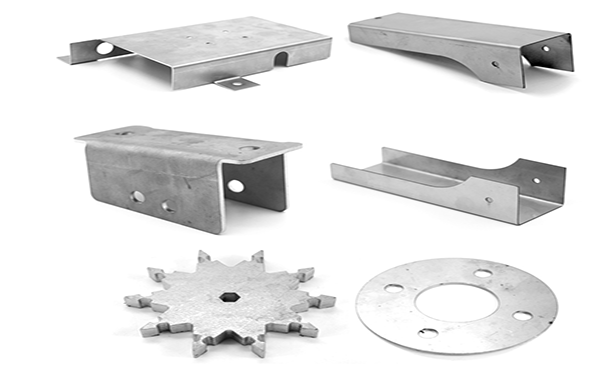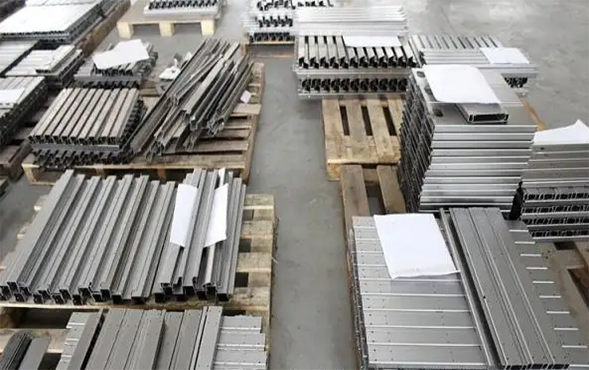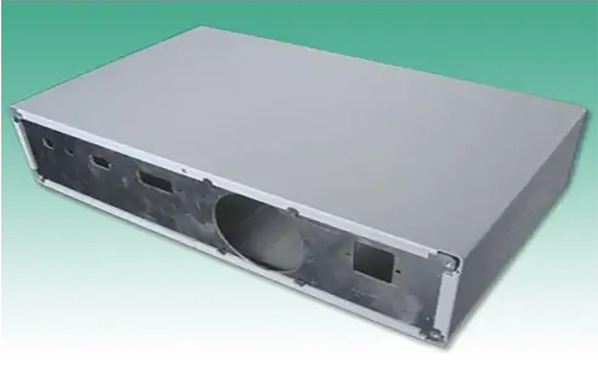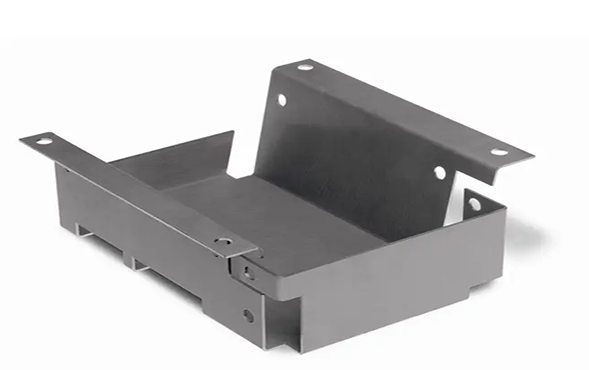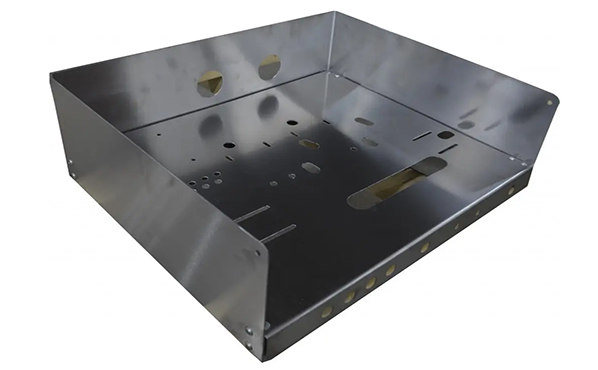To determine the eccentricity of the B and C axes; the eccentricity of the B axis and the main shaft needs to be measured when the rotary table and the B axis of the single swing head milling machine are combined with the main shaft; the B axis, C axis and the main shaft of the double swing head milling machine are the combination of the double swing head , it is necessary to measure the eccentricity between the B-axis and the main shaft, and the C-axis and the main shaft. The detection of five-axis linkage performance does not need to be classified according to the type of five-axis milling machine. There are two purposes to detect the five-axis linkage performance: one is to detect the accuracy of the spatial geometric relationship between the five-axis milling machines, and the other is to detect the compensation function of the machine tool numerical control system for the five-axis spatial geometric relationship. The detection of the five-axis linkage performance cannot be detected by direct measurement, but by processing some standard shapes, and then measuring the error of the processed shape: First, the straight line is processed on the plane, and the machining requires the continuous change of the tool axis, as shown in Figure 9. 5-axis machining linear toolpath, you can try to use a variety of tool axis control methods for machining. The processing material can be selected from non-metallic materials or non-ferrous metals that are easy to process, and the tool uses a ball cutter. After the processing is completed, observe whether the straight line is bent. If the bending is obvious, it is necessary to re-check the accuracy of the machine tool, especially to re-determine the eccentric relationship between the two rotating axes and the spindle. The errors machined with the tool shaft are machined with the ball tool shaft respectively. Second, these planes are divided into different tool axes. What are the four characteristics of CNC machining? CNC machining cost of Panyu parts.

